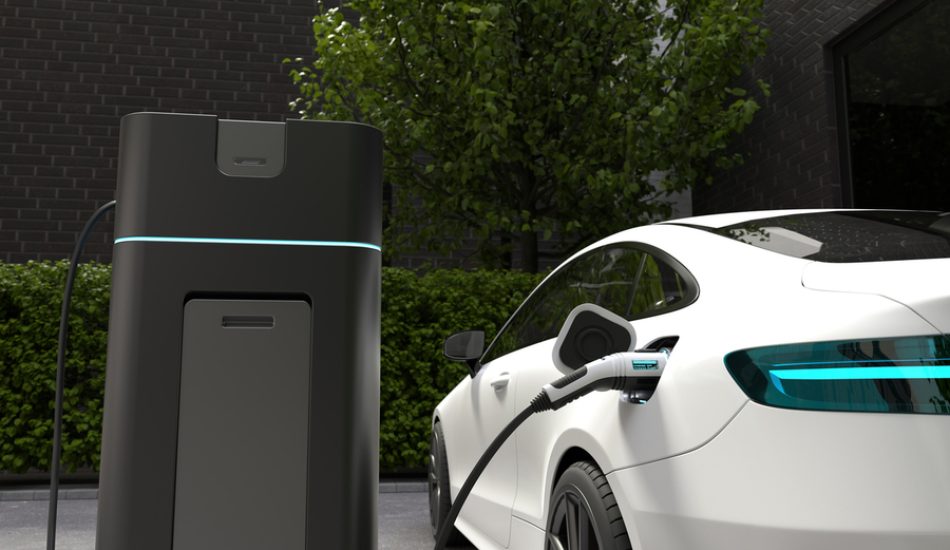
Buying a new car is a significant investment, so it’s essential to make the right choice. A test drive is one of the most important steps in this decision-making process, as it allows you to thoroughly evaluate the vehicle and experience its driving performance. Here’s what you need to pay attention to during a test drive:
1. Do Your Research in Advance
Before heading out for a test drive, research the car model and its features. Learn about the technological equipment and safety systems. This will help you know what to expect while driving.
2. Inspect the Exterior
Before you even start driving, take a good look at the car’s exterior:
- Body Type: Does the car’s design and size meet your needs?
- Wheels and Tires: Check the condition, size, and compatibility of the tires.
- Lights: Inspect the headlights, taillights, turn signals, and brake lights. Proper lighting is crucial for safety.
3. Examine the Interior
The car’s interior should feel comfortable and convenient for you:
- Seat Comfort: Check the height adjustment and lumbar support of the seats. Are they comfortable for both the driver and passengers?
- Dashboard Design: The control panel and systems should be clear and easily accessible. Are the buttons for the audio system, air conditioning, and other features placed conveniently?
- Rear Seat Space: Is there enough legroom and headroom for rear passengers? Is the space sufficient for family trips?
- Trunk Space: Does the trunk size and design meet your travel and daily needs?
4. Check the Safety Features
Safety should always be a priority:
- Airbags: How many airbags are there, and are they positioned adequately?
- ABS and ESP Systems: Test if the braking and electronic stability systems function properly.
- Automatic Safety Technologies: Does the car have features like lane-keeping assist, speed limiter, and automatic braking?
5. Pay Attention When You Start Driving
Evaluate the vehicle’s performance comprehensively during the drive:
- Throttle Response: Test how the car accelerates and how it responds to the gas pedal. Does it accelerate smoothly and quietly, or is there a delay?
- Brakes: Test the brakes at various speeds. They should be powerful but smooth when bringing the car to a stop.
- Suspension System: How well does the suspension absorb road bumps? Drive on uneven roads to assess the comfort level.
- Handling and Turning: Observe how the car behaves in sharp turns. Does it maintain stability, or does it skid?
6. Listen for Road Noise
Pay attention to the car’s sound insulation during the drive. Do you hear the engine noise, wind, or tire sounds inside the cabin? If a quiet and peaceful drive is essential for you, this aspect is important to consider.
7. Test the Technology and Entertainment Systems
If technological features are important to you, make sure to test them:
- Navigation System: Check the accuracy and ease of use of the GPS.
- Connectivity Options: Test technologies like Bluetooth, Apple CarPlay, and Android Auto.
- Multimedia Screen: How responsive and user-friendly is the screen?
8. Drive in Different Road Conditions
Don’t just test the car on smooth roads but also in challenging conditions:
- City Driving: Assess how the car handles in traffic and its maneuverability.
- Highway Driving: Test the car’s stability and steering comfort at high speeds.
- Rough Roads: Feel how the suspension absorbs bumps and shakes.
9. Test Maneuverability in Tight Spaces
During the drive, test how the car handles parking and tight turns:
- Parking Ability: How agile is the car in tight spaces? If it has an automatic parking system, try it out.
- Rear View Camera and Sensors: Check the quality of the rear view and the accuracy of the parking sensors.
10. Consider Fuel Efficiency
If fuel economy is important to you, make sure to consider it:
- Fuel Consumption Display: Monitor the fuel consumption during the drive. Does it meet your needs for fuel efficiency?
11. Observe Your Own Comfort
While driving, pay attention to how you feel:
- Comfort and Fatigue: Do the seat comfort and control accessibility prevent fatigue on long drives?
- Visibility: Are the front and rear views unobstructed? Do the mirrors provide a clear view of the road?
12. Ask Questions to the Car Dealer
After the drive, ask the dealer about the car’s additional features:
- Warranty Terms: What is the duration of the warranty, and what parts are covered?
- Service Packages: Are there any maintenance packages or free check-up options?
- Discounts: Are there any special offers or promotions available?
Buying a new car is a long-term investment, and a test drive is a crucial step in making the right choice. By following these guidelines, you can make a well-informed decision. If the car meets your needs, you can proceed confidently with the purchase.




